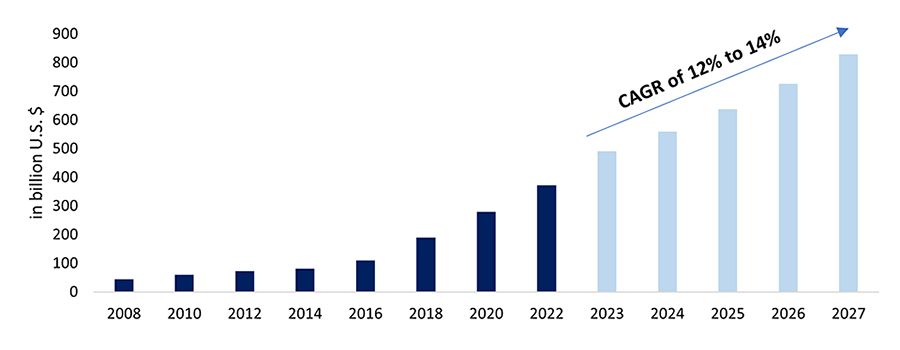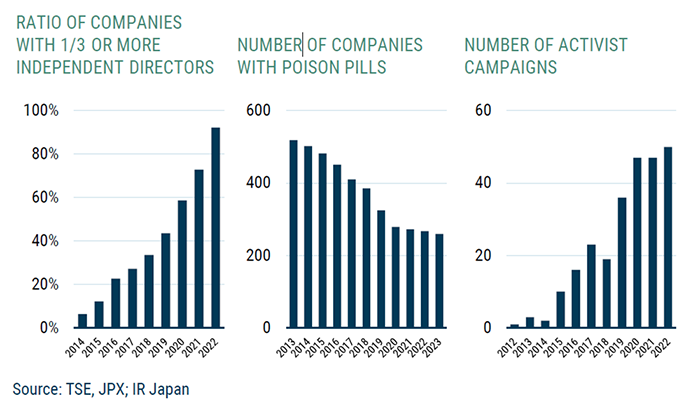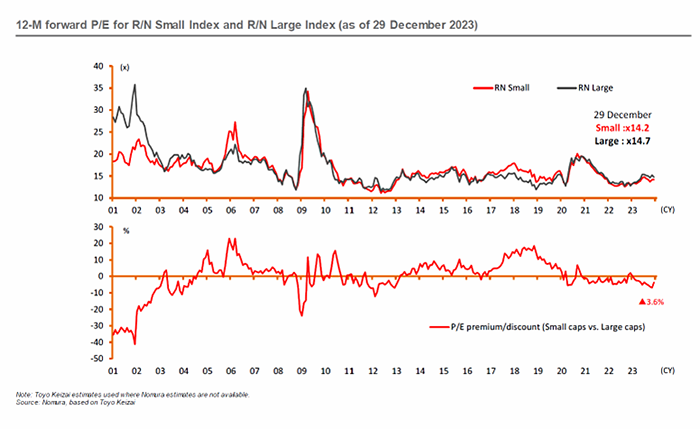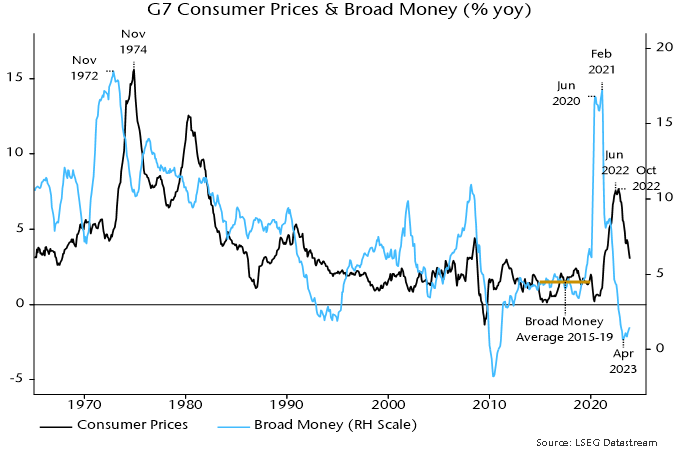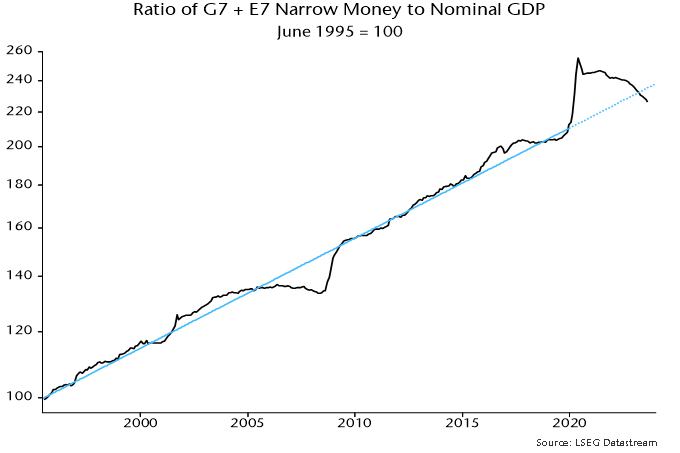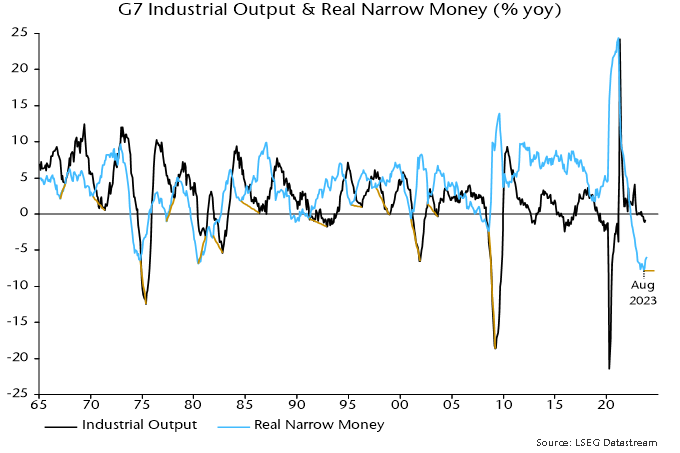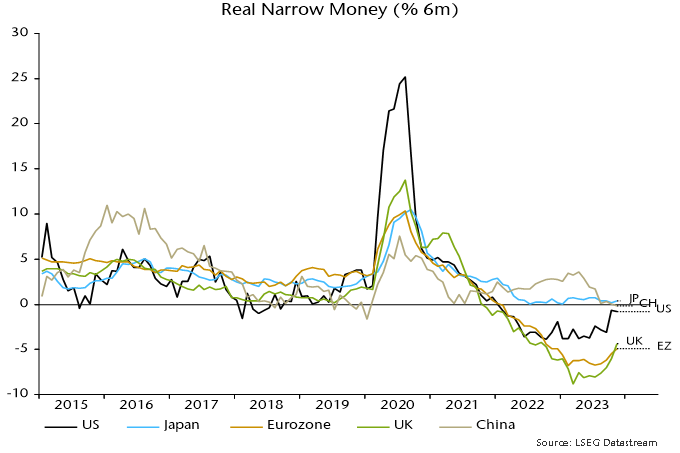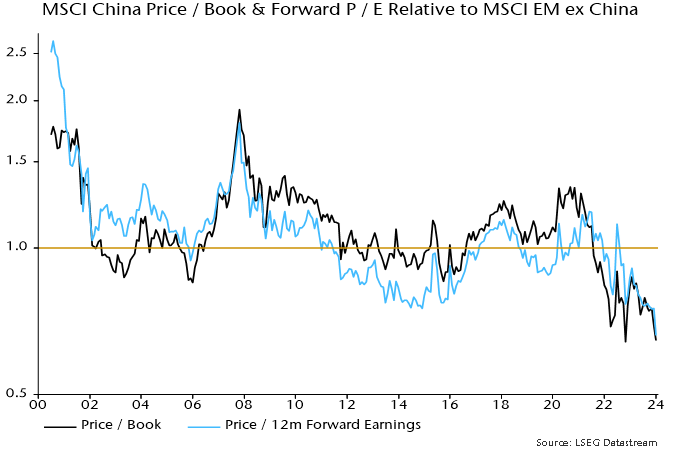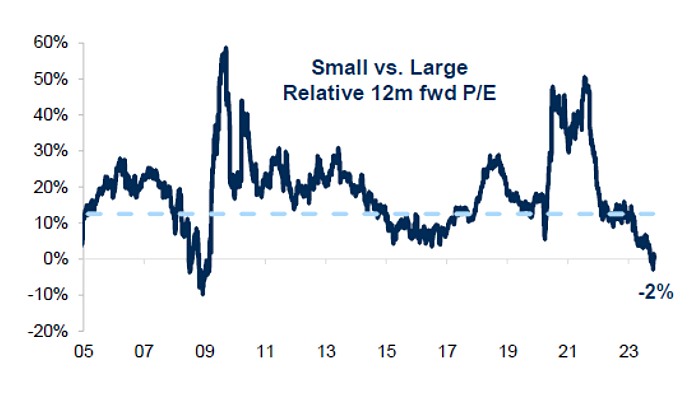
Rising consumer demand driving supply chain transparency
Recognizing the trends shaping the trajectory of ESG integration by companies in their processes in 2024 is a key focus point. Amid growing regulatory requirements and increasing consumer demand for transparency, the spotlight has now extended to companies’ supply chain practices, emphasizing the need for holistic ESG considerations.
Regulatory momentum
The surge in regulatory frameworks, such as the upcoming Corporate Sustainable Due Diligence Directive (CSDDD) and the Deforestation Regulation in the EU, alongside proposals like the Securities and Exchange Commission’s mandate for emissions disclosure across value chains, signal a global push toward heightened accountability and risk management. These directives require companies to broaden their due diligence to encompass their entire supply chains, addressing human rights and environmental sustainability risks to preempt controversies and safeguard against reputational damage that could adversely affect shareholder value.
Consumer power and the ripple effect
A driver in these regulatory developments is undoubtedly rising consumer preference for goods that are ethically and sustainably produced. As shoppers become more mindful of the environmental and social impacts, companies are compelled to reevaluate their supply chain practices. Not meeting these emerging standards can result in serious brand and financial repercussions, as evidenced by the backlash against major labels like Adidas and Nike over labour misconduct allegations within their supply chains that triggered boycotts and meaningful share price declines in 2020. Especially within the apparel and footwear industry, there is an acute pressure to implement sustainable practices along supply chains.
Examples of ESG risk management in supply chains
Asics (7936 JP), a Japan-based sporting goods manufacturer in our portfolios, has increasingly integrated ESG principles and enhanced due diligence in its supply chain in recent years. The company, involved in labour issues in a Cambodian factory in 2013 and 2017, has been working on increasing supplier traceability initiatives, including corporate social responsibility (CSR) and human rights policies, audits and monitoring, aiming to reduce the risks of human rights abuses and environmentally harmful practices in procurement activities. As a result of its supply chain initiatives, Asics was recognized on the CDP Supplier Engagement Leaderboard in 2021, a leading international non-profit dedicated to assessing the disclosure of companies on environmental matters. Furthermore, a Human Rights Committee established in 2022 at the board level oversees and evaluates the effectiveness of these initiatives. This strategic focus on ESG not only bolsters brand credibility but also mitigates reputational and legal risks. For instance, Asics avoided the fallout faced by peers in 2020-21 over cotton sourcing controversies from China’s Xinjiang region, likely the result of its intensified risk management.
L’Occitane and the beauty of responsibility
Similarly, the personal care products industry is witnessing rising customer demand for ethically sourced products. Another company in our portfolio, L’Occitane International SA (973 HK), a global leader in natural and organic beauty and skincare products, is considered a champion in this area. By prioritizing a partnerships-based approach with suppliers and rigorously assessing the CSR performance of over 9,000 suppliers worldwide, L’Occitane ensures holistic risk mitigation and proactive engagement with at-risk suppliers. The group participates in the Responsible Beauty Initiative (RBI) and the Partners by Nature program, to help promote responsible sourcing practices in the industry and strengthen its collaboration with strategic suppliers. In 2022, it was invited to join the EcoVadis trailblazer’s network as one of the awarded companies in the 2021 edition. This network includes the most advanced companies in terms of responsible value chains that come together to share best practices and challenges. In addition to being a leader in this field, the company’s commitment to responsible sourcing, increasingly popular among consumers worldwide, is in line with its brand image and strategy.
The bottom line – sustainability as a strategic supply chain priority
In today’s environment of regulatory scrutiny and elevated consumer expectations, ESG integration in portfolio company supply chains can build trust and help to mitigate the legal risks of regulatory non-compliance.
Disclaimer: ESG integration at Global Alpha is driven by taking into account material sustainability and/or ESG risks that could impact investment returns, rather than being driven by specific ethical principles or norms. The investment professionals may still invest in securities that present sustainability and/or ESG risks, including where the portfolio managers believe the potential compensation outweighs the risks identified.

